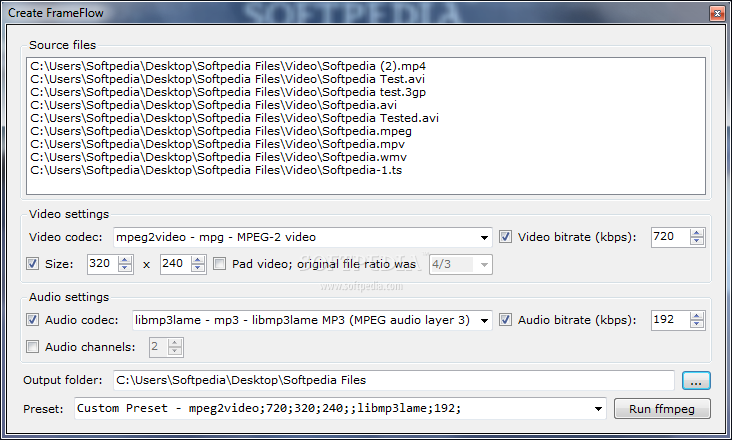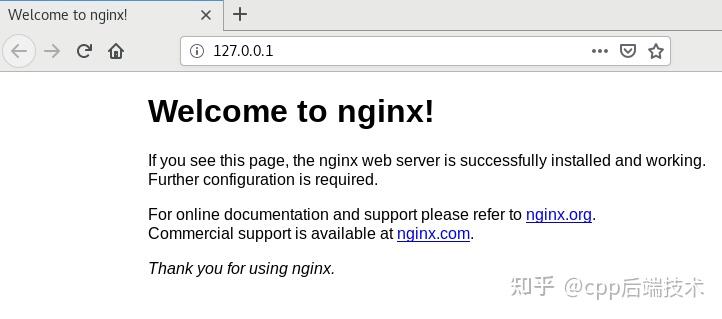

There may be occasions where you don't want to use the ffmpeg that appears in PATH. I thought about writing her some batch scripts, but I'm assuming someone knows of a good Windows GUI front end. #EXT-X-MEDIA:TYPE=AUDIO,GROUP-ID="aac",LANGUAGE="eng",NAME="ENG",AUTOSELECT=YES,DEFAULT=NO,URI="test_Alt_Audio_Eng_AAC/test_Alt_Audio_Eng_AAC.m3u8" Using a Specific FFMPEG binary I use ffmpeg in Linux in the command line (and love it) but I've got a windows only client looking for a good video encoder.

like ffmpeg (CLI), HandBrake (CLI and GUI) or even VLC: Code: ffmpeg -i video. #EXT-X-STREAM-INF:BANDWIDTH=41014,AUDIO="aac" Use the browsers Developer Tools > Network to get the mpd/m3u8 (DASH/HLS. The appropriate EXT-X-MEDIA entries are added into TLM Playlist and a new attribute "AUDIO=" to each video playlist entry. The alternative audio media playlists with audio segments are created. Here it is: VIDEOINtest. These will consist of video segments encoded in H.264 with AAC audio and an m3u8 file in the format I need to implement HLS video conversion and I've found a shell script that works almost perfectly. In either case, in accordance with the HLS spec, the audio bitrate will remain unchanged OutputĪs of version 1, the HLS resources will be output to the directory output. m3u8 files in the browser, configure html5 with video.js player or use an extension./hls.sh -i example.avi -s 10 -b 28,64,128,256 -f → open Network Stream → rtmp://localhost/live/stream Stream can be found in the browser: Stream can be also opened in vlc player: Step 4: Now, run cmd as an administrator. Step 3: Rename the extracted folder to ffmpeg and move it into the root of C: drive. (As of September 2021, version 4.4 is the latest) Step 2: Unzip this file by using any file archiver such as Winrar or 7z. System "ffmpeg -f alsa -re -i default -c:v copy -vn -c:a aac -ar 44100 -ac 1 -f flv rtmp://localhost/live/stream" Installing FFmpeg on windows: Step 1: Click here to download the zip file of the latest version.

This communicates to any web browsers accessing data from your server that the server may load resources from other ports or domains.įfmpeg -i # -c:a aac -ar 44100 -f flv -flvflags no_duration_filesize rtmp://localhost/live/streamįor example, the following command will take the device’s microphone (-i default) as an input and send it to rtmp, ‘alsa’ or ‘pulse’ can be used. edit: the way you use it is similar method, bit more crude. “Note: The Access-Control-Allow-Origin * header enables CORS, orĬross-Origin Resource Sharing, which is disabled by default. when you tell youtube-dl to use ffmpeg as external downloader and then pass the -ss and -to arguments to the external downloader, it will only download the parts between those two timestamps. Add_header Access-Control-Allow-Origin *


 0 kommentar(er)
0 kommentar(er)
